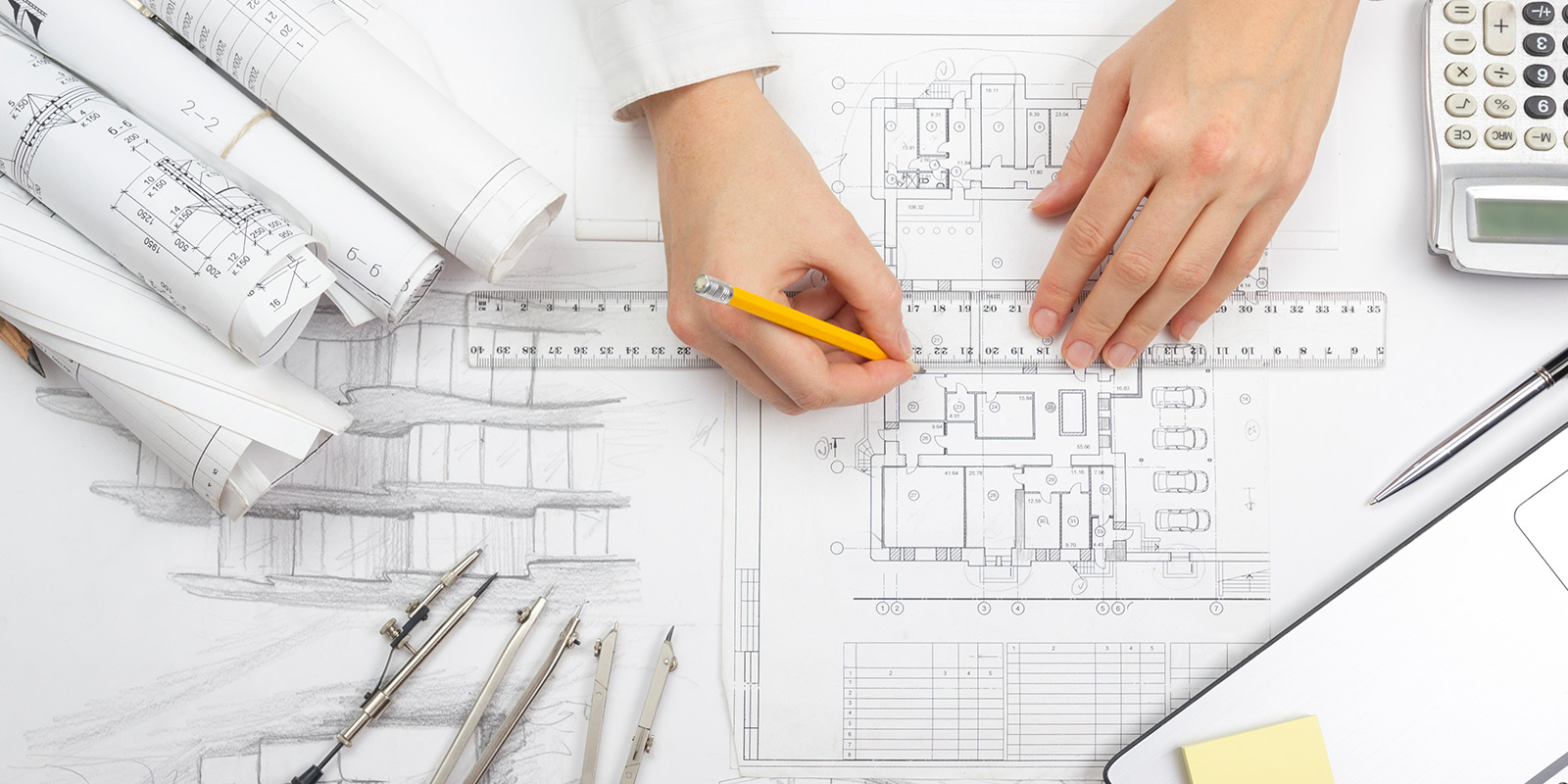Optimizing Your Interior Design Layout
Space Planning
Space planning is an essential component of interior design that involves organizing the layout of a space to ensure its optimal functionality and efficiency. Whether it’s for a home, office, or retail space, space planning helps to create a functional and aesthetically pleasing environment that meets the needs and requirements of its users.
The Importance of Space Planning in Interior Design
Space planning is crucial in interior design as it plays a significant role in determining the functionality and flow of a space. It ensures that every inch of the space is utilized efficiently and that there is ample room for movement and circulation. A well-planned space can also enhance the overall look and feel of the interior, making it more visually appealing and comfortable for its occupants.
Steps Involved in Space Planning
The process of space planning involves several steps that include:
- Analyzing the space: This involves examining the dimensions and features of the space, such as windows, doors, and architectural elements.
- Defining the purpose: This involves understanding the intended use of the space and identifying the requirements and needs of its users.
- Creating a layout: This involves developing a floor plan that outlines the placement of furniture, fixtures, and equipment in the space.
- Refining the layout: This involves fine-tuning the layout to ensure that it is functional, efficient, and aesthetically pleasing.
- Implementing the plan: This involves executing the plan and arranging the space according to the finalized layout.
Key Elements of Space Planning
There are several key elements to consider when space planning, including:
- Functionality: The space should be designed to serve its intended purpose and meet the needs of its users.
- Flow: The layout should promote ease of movement and circulation throughout the space.
- Proportion: The size and scale of furniture and fixtures should be appropriate for the space.
- Balance: The placement of furniture and fixtures should be balanced and harmonious.
- Lighting: Lighting should be optimized to enhance the functionality and ambiance of the space.
Tips for Effective Space Planning
To ensure effective space planning, consider the following tips:
- Identify the focal point of the space and design the layout around it.
- Plan for ample circulation space to promote ease of movement.
- Consider the scale and proportion of furniture and fixtures to ensure they fit the space appropriately.
- Create zones for different activities to ensure that the space is functional.
- Use lighting to enhance the functionality and ambiance of the space.
Common Mistakes to Avoid in Space Planning
When space planning, it is important to avoid common mistakes that can compromise the functionality and aesthetics of the space. These include:
- Overcrowding the space with furniture and fixtures.
- Failing to consider the needs and requirements of the users.
- Ignoring the natural flow and circulation of the space.
- Failing to create zones for different activities.
- Neglecting the importance of lighting in enhancing the space.
Conclusion: The Power of a Well-Planned Space
space planning is a critical aspect of interior design that can greatly impact the functionality, efficiency, and aesthetics of a space. By following the steps and principles of space planning, designers can optimize the layout of a space and create an environment that meets the needs and requirements of its users. Whether it’s for a home,


